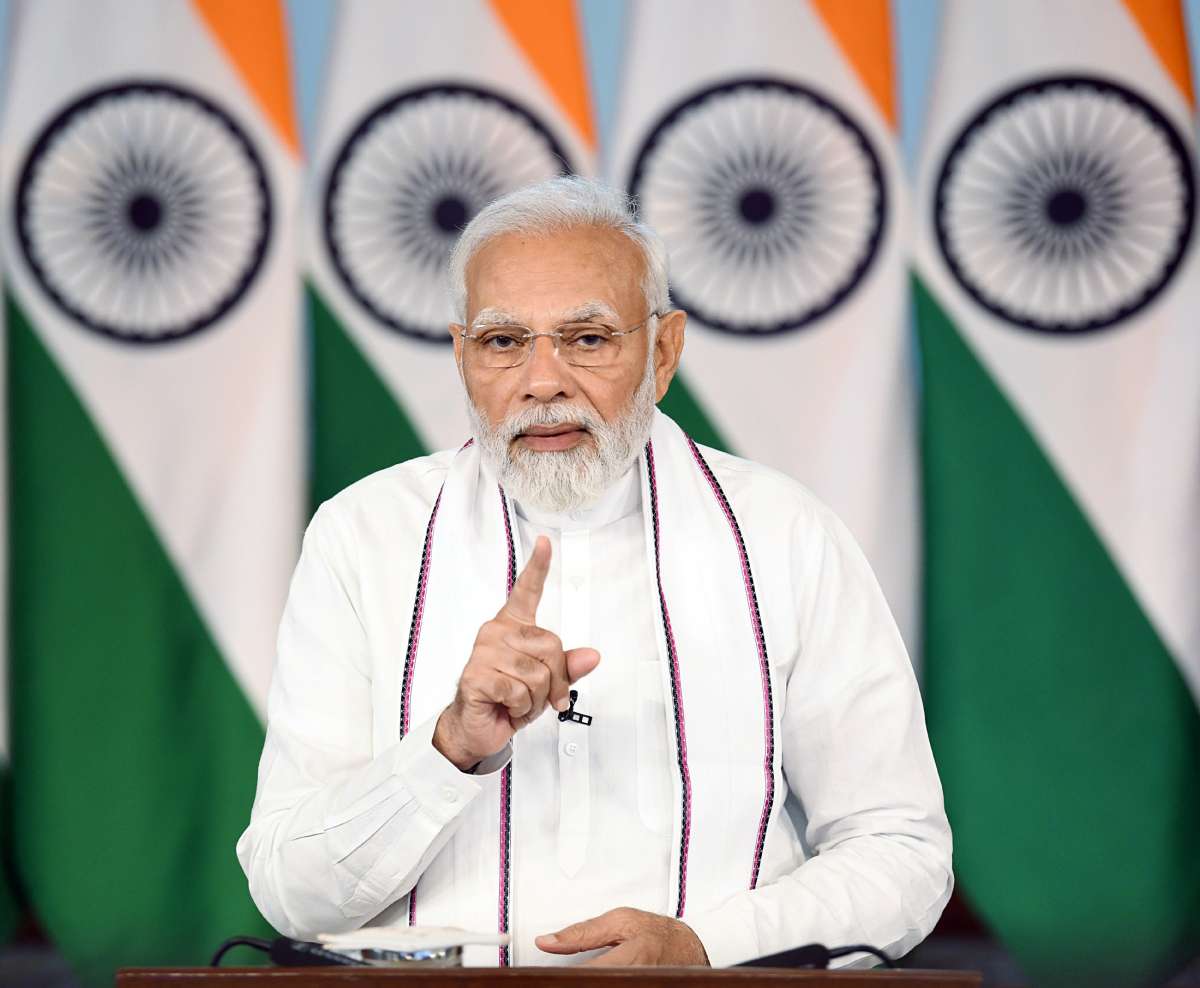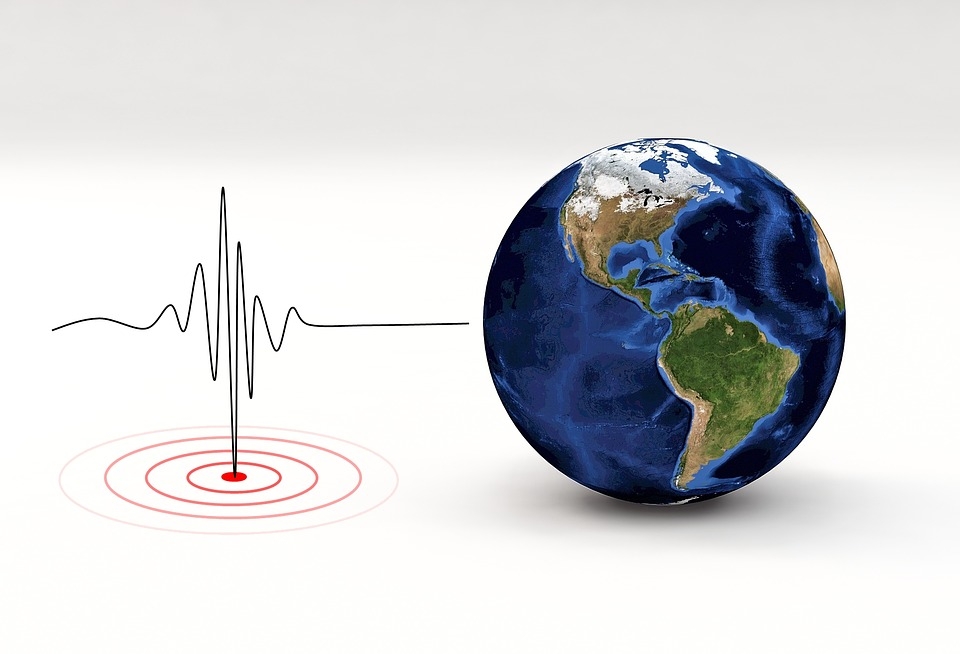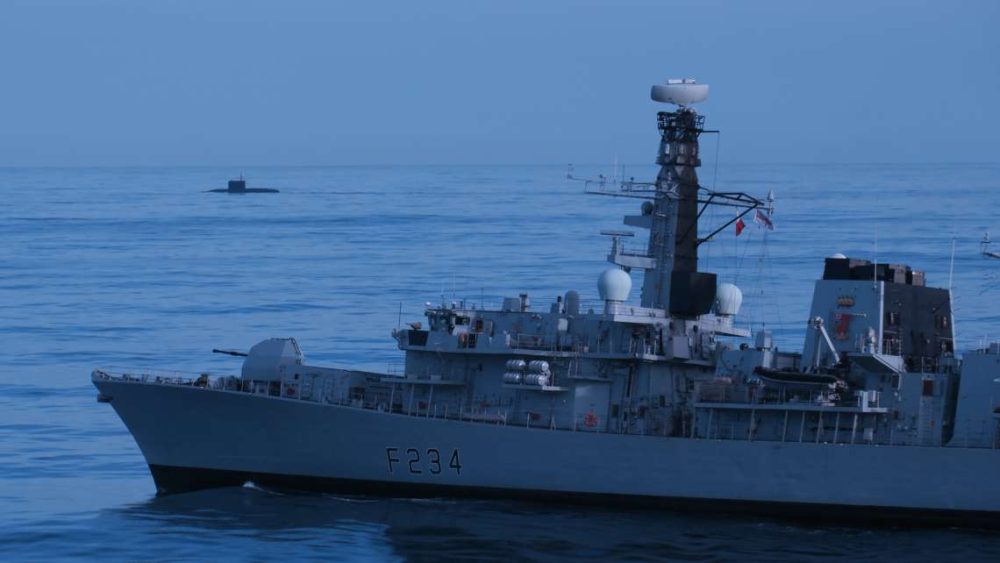A report by the Annual Threat Assessment of the US Intelligence Community reveals that PM modi will respond with force against perceived or real Pakistani provocations…reports Asian Lite News
According to the Annual Threat Assessment of the US Intelligence Community, under the leadership of Prime Minister Narendra Modi, India is more likely than in the past to respond with military force to perceived or real Pakistani provocations.
The report said the crises between India and Pakistan are more conderning because both are nuclear-armed states. However, Pakistan has a long history of supporting anti-India terrorist groups But, under the leadership of Prime Minister Narendra Modi, India is more likely to respond with military force to perceived or real Pakistani provocations, than it was in the past, the threat assessment report said.
“Crises between India and Pakistan are of particular concern because of the risk of an escalatory cycle between two nuclear-armed states. New Delhi and Islamabad probably are inclined to reinforce the current calm in their relationship following both sides’ renewal of a cease-fire along the Line of Control in early 2021,” the Annual Threat Assessment of the US Intelligence Community report said.
It further said, “Pakistan has a long history of supporting anti-India militant groups, and under the leadership of Prime Minister Narendra Modi, India is more likely than in the past to respond with military force to perceived or real Pakistani provocations.”
“Each side’s perception of heightened tensions raises the risk of conflict, with violent unrest in Kashmir or a militant attack in India being potential flashpoints,” it said.
Interstate conflict, state instability, and other governance challenges pose direct and indirect challenges to US interests at home and abroad, and to its allies and partners.
Rising tensions underpinned by intensifying strategic competition present numerous consequences for US and partners’ national security.
Countries’ increased military operations across a number of geographic hotspots risk the possibility of inadvertent escalation and the potential for interstate conflict, the statement.
Russia’s war in Ukraine coupled with the Covid-19 pandemic has increased poverty, hindered economic growth, and widened inequality, raising the conditions that are ripe for domestic unrest, insurgencies, democratic backsliding, and authoritarianism.
The war in Ukraine has demonstrated how interstate conflict affects not only the parties directly involved, but can have broader cascading security, economic, and humanitarian implications on a regional–and even global–scale. The following are a few of the potential conflicts between states that could spillover with repercussions that may require immediate U.S. attention, the Threat Assesment Report said.
This annual report of worldwide threats to the national security of the United States reflects the collective insights of the Intelligence Community, which is committed every day to providing the nuanced, independent, and unvarnished intelligence that policymakers, warfighters, and domestic law enforcement personnel need to protect American lives and America’s interests anywhere in the world.
This assessment focuses on the most direct, serious threats to the United States in the upcoming year.
‘Russia does not want direct military conflict with US, NATO’
The report believes that Russia “probably does not want a direct military conflict with US and NATO forces, but there is potential for that to occur.”
Russia’s unprovoked war of aggression against Ukraine is a tectonic event that is reshaping Russia’s relationships with the West and China, and more broadly in ways that are unfolding and remain highly uncertain. Escalation of the conflict to a military confrontation between Russia and the West carries the greater risk, which the world has not faced in decades.
“Russian leaders thus far have avoided taking actions that would broaden the Ukraine conflict beyond Ukraine’s borders, but the risk for escalation remains significant,” said the report.
There is real potential for Russia’s military failures in the war to hurt Russian President Vladimir Putin’s domestic standing and thereby trigger additional escalatory actions by Russia in an effort to win back public support. Heightened claims that the United States is using Ukraine as a proxy to weaken Russia, and that Ukraine’s military successes are only a result of US and NATO intervention could presage further Russian escalation.
Moscow will continue to employ an array of tools to advance what it sees as its own interests and try to undermine the interests of the United States and its allies. These are likely to be military, security, malign influence, cyber, and intelligence tools, with Russia’s economic and energy leverage probably a declining asset. We expect Moscow to insert itself into crises when it sees its interests at stake, the anticipated costs of action are low, it sees an opportunity to capitalize on a power vacuum, or, as in the case of its use of force in Ukraine, it perceives an existential threat in its neighborhood that could destabilize Putin’s rule and endanger Russian national security, added the US report.
It further stated that Russia will continue to use energy as a foreign policy tool to try to coerce cooperation and weaken Western unity on Ukraine.
Russia’s state-owned exporter Gazprom cut off gas to a number of European countries after they supported sanctions on Russia, contributing to soaring natural gas prices.
The US Intelligence Community report also said that Russia has used food as a weapon by blocking or seizing Ukrainian ports, destroying grain infrastructure, occupying large swaths of agricultural land thereby disrupting the yields and displacing workers, and stealing grain for eventual export. These actions exacerbated global food shortages and price increases. (ANI)
ALSO READ-Bhutan benefits from India’s growing startup ecosystem














